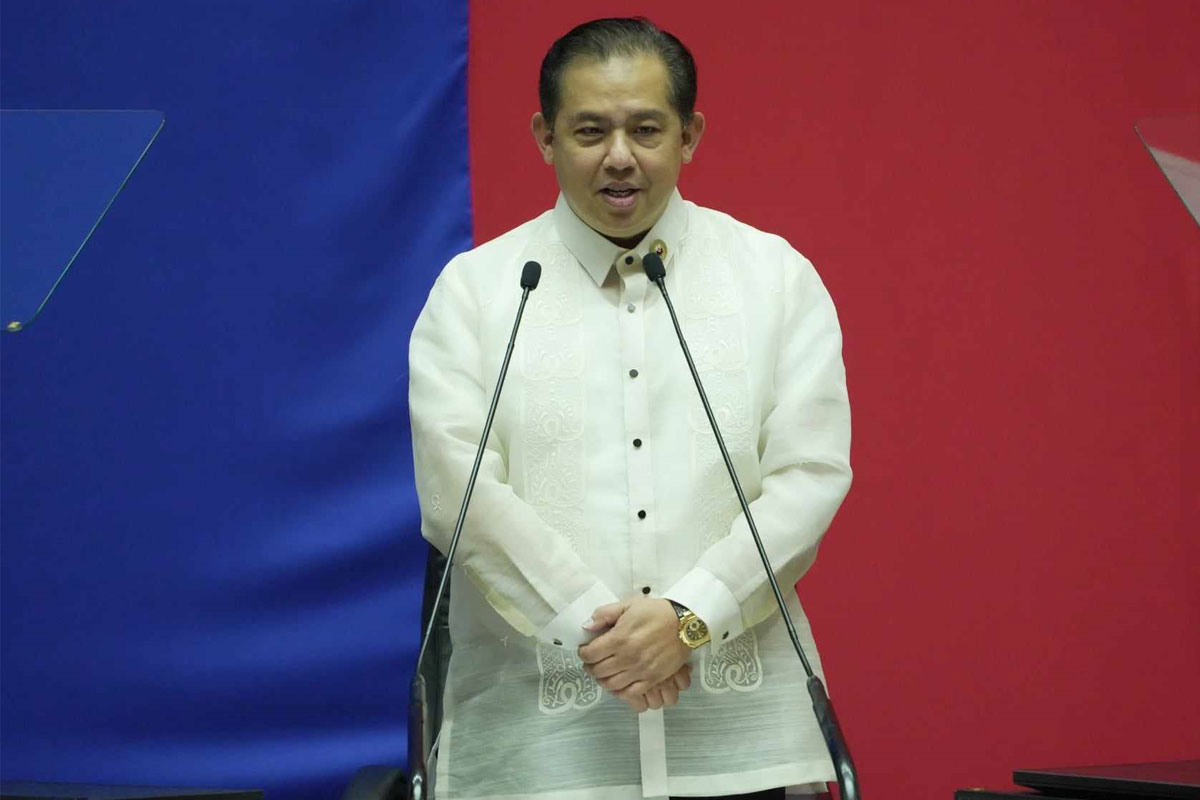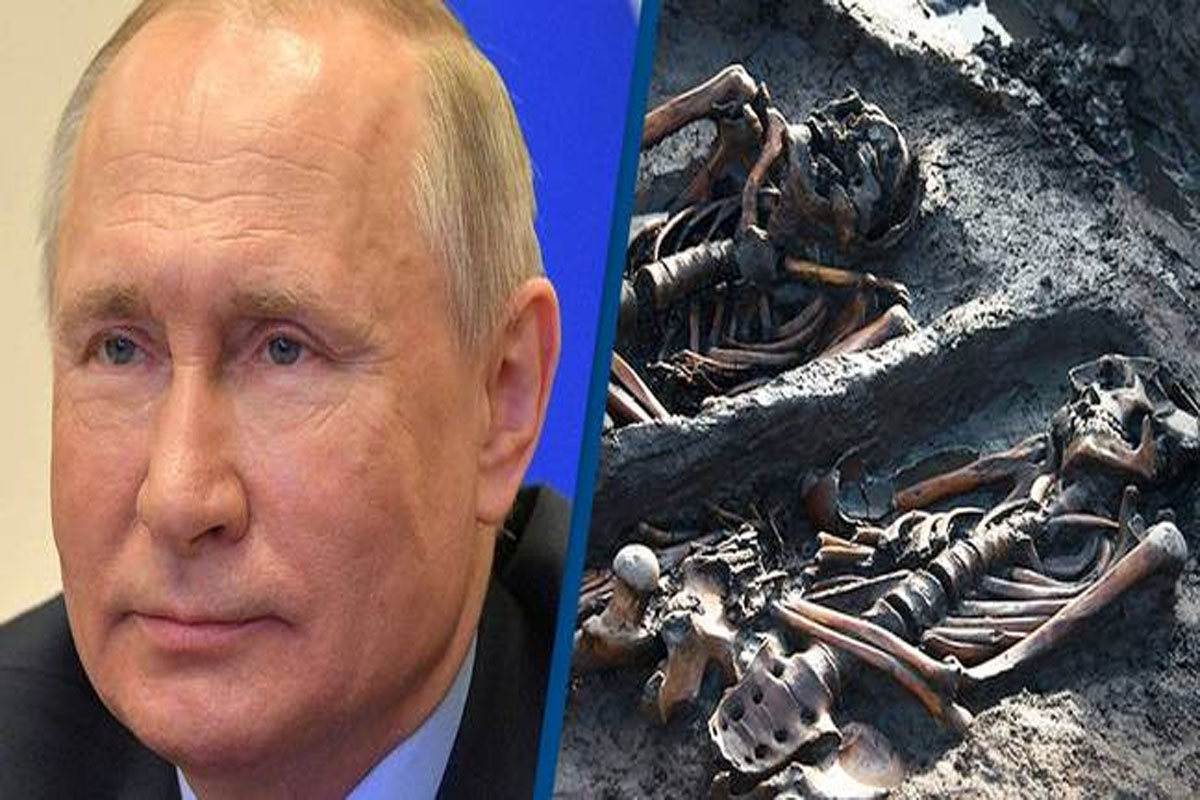
Russia Looking To Clone And Resurrect 3,000-Year-Old Ancient Siberian Warriors
by : Niamh Shackleton on : 16 Apr 2021 16:21
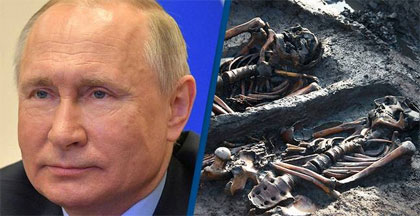 Russia Looking To Clone And Resurrect 3,000-Year-Old Ancient Siberian WarriorsPA/Russian Geological Society/vk.com
Russia Looking To Clone And Resurrect 3,000-Year-Old Ancient Siberian WarriorsPA/Russian Geological Society/vk.com
Russia’s defence minister has revealed his aspirations to clone ancient royal warriors and their horses in a Dolly the sheep-esque project.
Sergei Shoigu greenlit an archaeological dig at the 3,000-year-old Tunnug burial mound in the Valley of the Kings located in Tuva, Siberia, three years ago and apparently wants to clone the nomadic warriors that have been exhumed.
A modern-day shaman was reportedly drafted in to ensure the spirts weren’t angered by the site being dug up.
 According to The Siberian Times, the oldest remains to have been discovered so far dates back to the ninth century BC.
According to The Siberian Times, the oldest remains to have been discovered so far dates back to the ninth century BC.
At a Russian Geographical Society session on Wednesday, April 14, Shoigu said, ‘Of course, we would like very much to find the organic matter’, referring to the remains of the ancient people and animals.
‘I believe you understand what would follow that,’ he continued. ‘It would be possible to make something of it, if not Dolly the Sheep.’
It’s said that Vladimir Putin virtually attended Wednesday’s session, MailOnline reports.
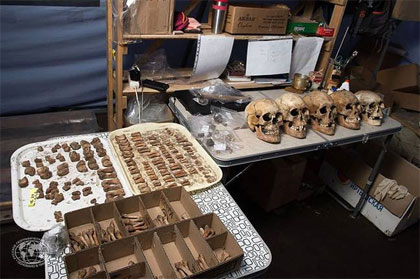 Russian Geological Society/vk.comRussian Geological Society/vk.com
Russian Geological Society/vk.comRussian Geological Society/vk.com
The 3,000-year-old burials are in permafrost – ground that’s remained frozen for two or more years. Due to the permafrost, it’s thought the chances of finding organic remains are very high.
Shoigu added:
We have conducted several expeditions there already, it is a big international expedition. A lot of things have been confirmed, but a lot remains to be done.
Shoigu failed to say much more on the subject, but said he thinks the discovery will be ‘very interesting’.
The Russian Geological Society is also optimistic in locating more ancient remains.
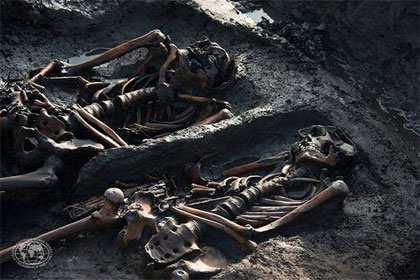 Russian Geological Society/vk.comRussian Geological Society/vk.com
Russian Geological Society/vk.comRussian Geological Society/vk.com
Discussing the Tunnug expedition on its site, the society wrote, ‘There is a high probability of finding preserved organic matter and various artefacts under the rock mound due to the fact that the Tunnug Kurgan is located in the permafrost.’
The Russian Geological Society’s third season of the expedition ended in October 2020, which was carried out by a smaller team than intended due to the ongoing pandemic. Despite this, they were still able to make ‘interesting finds’, such as traces of sacrifices.
Timur Sadykov, head of the expedition, said of the most recent season: ‘The most interesting find was the remains of horse sacrifices with the elements of horse harness. This once again confirms the cultural belonging of the kurgan to the range of monuments of the Valley of the Kings, including the Arzhan-1 kurgan, where traces of ritual horse sacrifices were also found.’
unilad.co.uk












